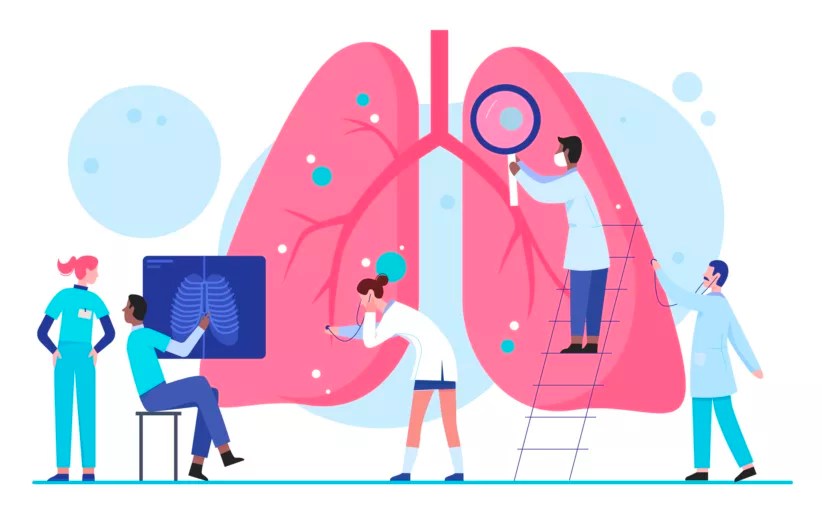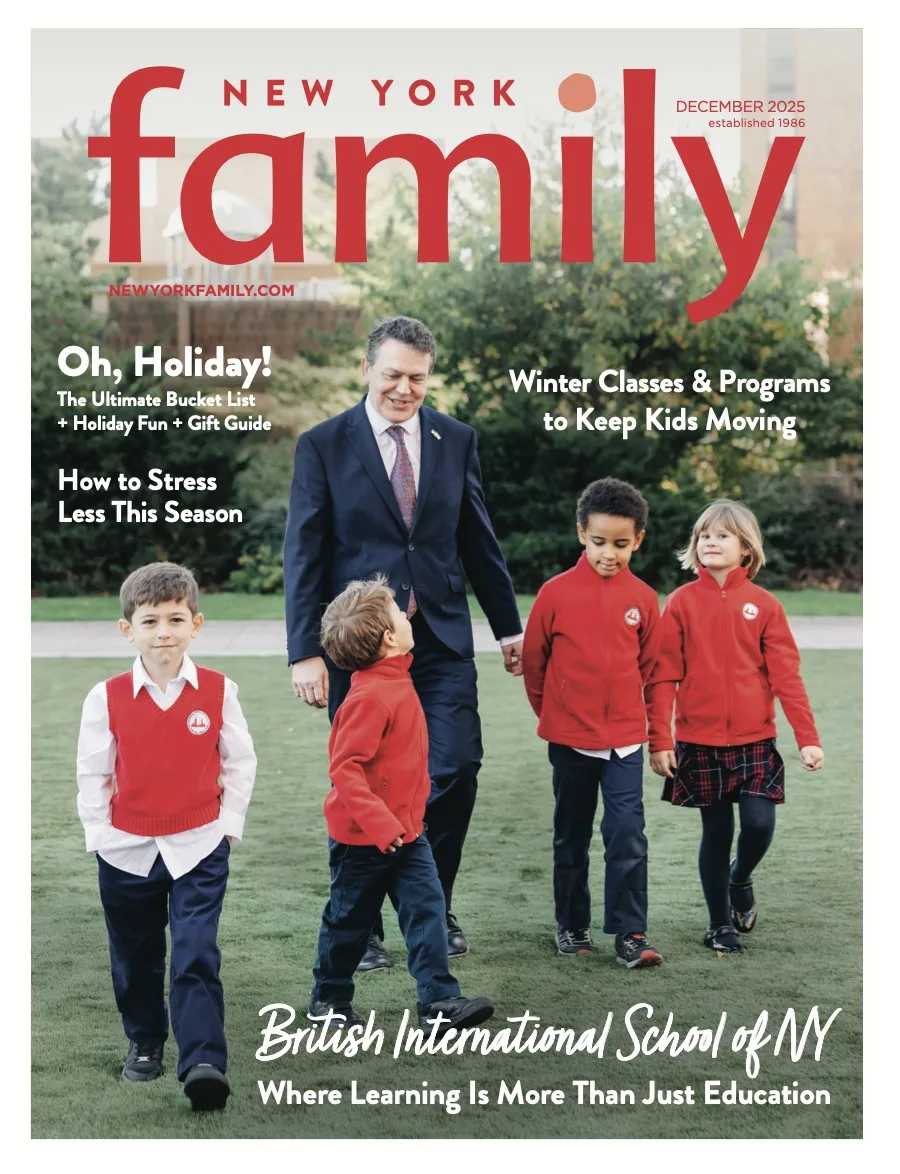
How Parents Can Navigate Pediatric Asthma
May is National Asthma and Allergy Awareness Month. Around 5 million children are living with asthma, and changes in the seasons can be a huge trigger for asthma symptoms.
We sat down with Dr. Jennifer A. Toh from ENT and Allergy Associates to talk about how parents can help their children navigate and manage their asthma.
Psst… Here are 12 books to read for mental health awareness month!
What causes asthma, especially in children? Are there groups that are predisposed to asthma?
Asthma is likely due to a combination of genetic predisposition and environmental factors. Risk factors include viral infections early in life such as RSV and Rhinovirus, allergic conditions such as atopic dermatitis (eczema) and allergic rhinitis (hayfever). Obesity and tobacco smoke are other risk factors.
Groups that are predisposed to asthma are those with a history of allergies, frequent viral infections and family history of asthma and allergic disease.
When are children usually diagnosed with asthma? When do signs first start appearing, and what do these signs typically look like?
Many asthmatic children initially present during the first years of life as a viral associated wheeze from an upper respiratory infection.
Symptoms include coughing, wheezing, shortness of breath and chest tightness triggered by cold air, exercise and allergens such as pets, dust, pollen even laughing or crying can potentially trigger symptoms.
What does management for asthma look like?
The goal of asthma treatment is to prevent symptoms from occurring and to preserve lung function. This is through medications and avoiding triggers.
Medications can include taking a rescue inhaler like albuterol to treat asthma symptoms as needed, or taking a rescue inhaler prior to exercise, cold air exposure, or allergen exposure.
If symptoms occur frequently (more than twice a week), [management may look like] taking a maintenance medication such as a steroid inhaler daily regardless if you have symptoms at the time or not.
We also recommend starting maintenance medications when children have an upper respiratory infection or when they anticipate being exposed to their known triggers.
How can parents help their children manage their asthma?
Parents can help their children manage their asthma by avoiding triggers and recognizing the signs or symptoms early. When they anticipate triggers or recognize early symptoms, they should start asthma medications as soon as possible.
They should work together with their children’s doctor to monitor their lung function regularly and monitoring their use of rescue medications and daily medications and adjusting their medications as needed. An allergist can help determine allergic triggers through allergy skin testing.
Are there changes parents can make at home to help alleviate symptoms before they happen?
Parents should quit smoking if they smoke.
Once parents recognize allergic triggers, they can make changes in the home to minimize those triggers. If the allergic trigger is an animal, keeping the animal outside of their children’s bedroom at all times and having a HEPA air filter to clear out the animal dander can help.
If they are 5 years old or older, allergy shots to desensitize children to their allergens is longterm treatment plan in treating those allergic triggers.
What are some common asthma triggers?
Upper respiratory infections, allergens such as pollen, dust, animal dander, molds, food allergens if they have food allergies and irritants such as cigarette smoke and air pollution can trigger asthma. Cold air and exercise are other triggers.
Some common asthma triggers can be difficult to avoid. How can kids with asthma control it so they can still do everything they want to do and everything their peers can do?
Patient education on their asthma, their triggers, proper use of medications including proper inhaler use can help children control their asthma by avoiding triggers and recognizing the signs/symptoms early.
When they anticipate triggers or recognize early symptoms, they should start asthma medications as soon as possible.
They should work together with their doctor to monitor their lung function regularly and monitoring their use of rescue medications and daily medications and adjusting their medications as needed.
Using a rescue inhaler prior to exercise and taking asthma maintenance medications as instruction should allow children to participate in all activities without any restrictions.













